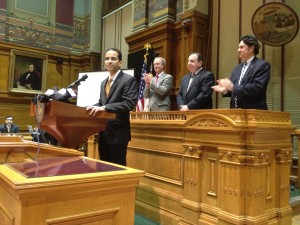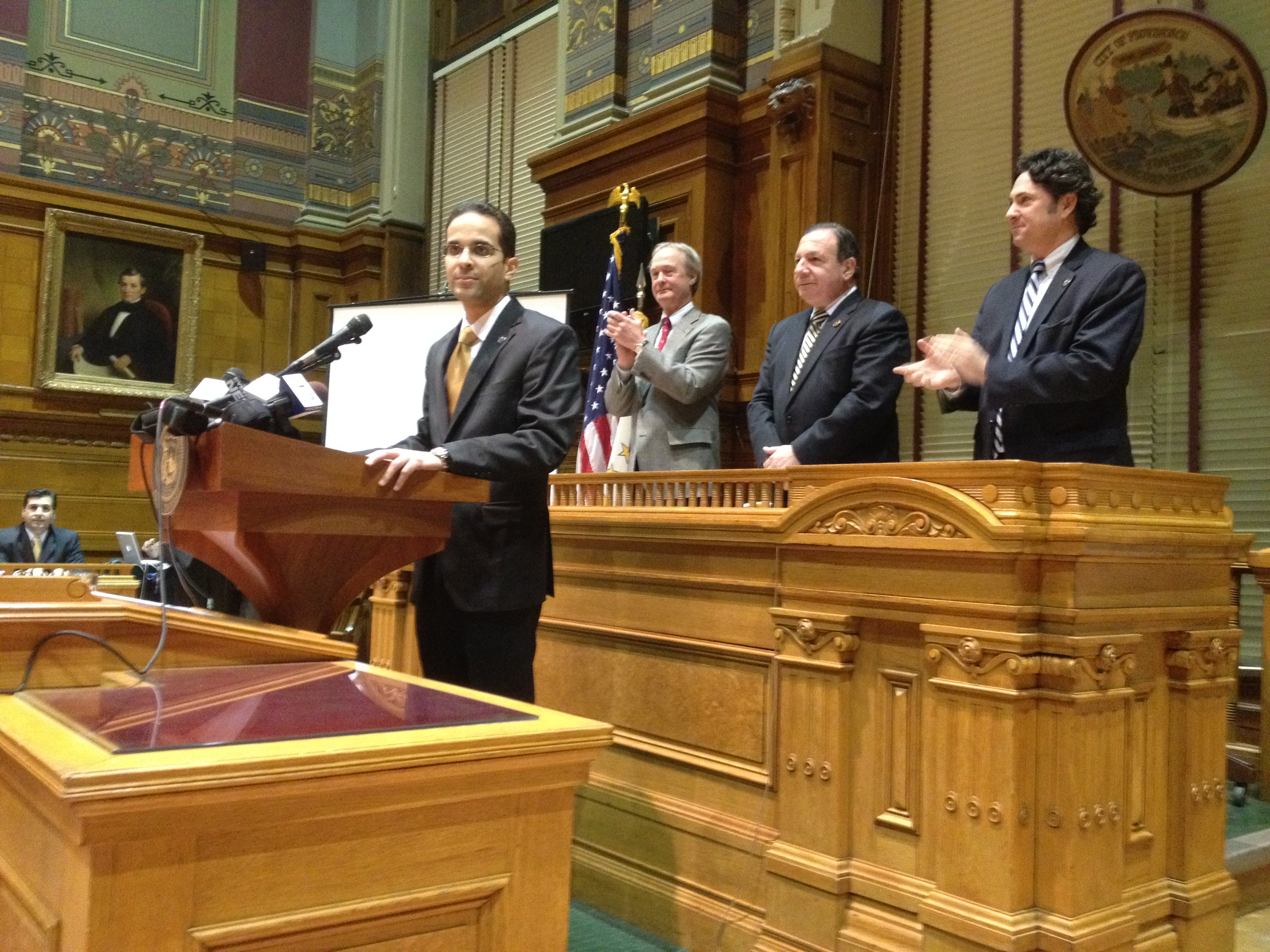
I believe I have discovered a math error in Angel Taveras’s pre-kindergarten plan. Instead of $24.6 million, the total annual cost should actually be $55.2 million.
About 10,800 students are enrolled in public first grade, and we can expect a similar number of enrollees in Pre-K. Subtracting the number of students enrolled in Head Start and Preschool Special Education implies that approximately 5,200 children can benefit from state sponsored pre- kindergarten.
The plan then continues:
We will start by creating slots for 2,650 children to enroll in a high-quality, full-day pre-kindergarten program. Accounting for the percentage of Rhode Island four-year-olds already served by another public program, Rhode Island would achieve a 76% pre-kindergarten enrollment rate, among the highest in the nation.
Unfortunately, the critical assumption here–that public preschool programs cover slightly more than half of Rhode Island’s four-year-olds–is not correct. However, from the links, it is clear what mistake Taveras’s policy team made. They subtracted the total number of preschoolers, ages zero through four, enrolled in Head Start (2,966), Preschool Special Ed (2,565), and the Rhode Island Prekindergarten Program (108) from the expected number of four-year-olds (10,800). Essentially, they confused figures for four-year-olds with figures for all preschoolers.If you just look at four-year-olds, only 21% are covered by a public program, leaving 5,940 new pre-kindergarten slots needed to meet Taveras’s goal of 76% coverage. Using the plan’s assumed annual per child cost of $9,300, correcting the numbers raises the real annual cost to $55.2 million, up from the original $24.6 million.
Universal preschool for four-year-olds is a fantastic idea that would meaningfully improve the lives of thousands of Rhode Island families. Unfortunately, Angel Taveras’s “Ready Rhode Island” plan does not present a realistic proposal for achieving that goal. Because of a math error, it understates the cost by more than a factor of two.
It is disappointing that this admirable idea was presented to Rhode Island in the form of a proposal that was not yet ready for prime time. Hopefully, the Taveras campaign will release a new proposal that corrects the math error and includes a viable revenue stream to pay for the true cost.
I spoke with Taveras’s team about this yesterday morning, but as of press time, they have yet to get back to me with their response.



